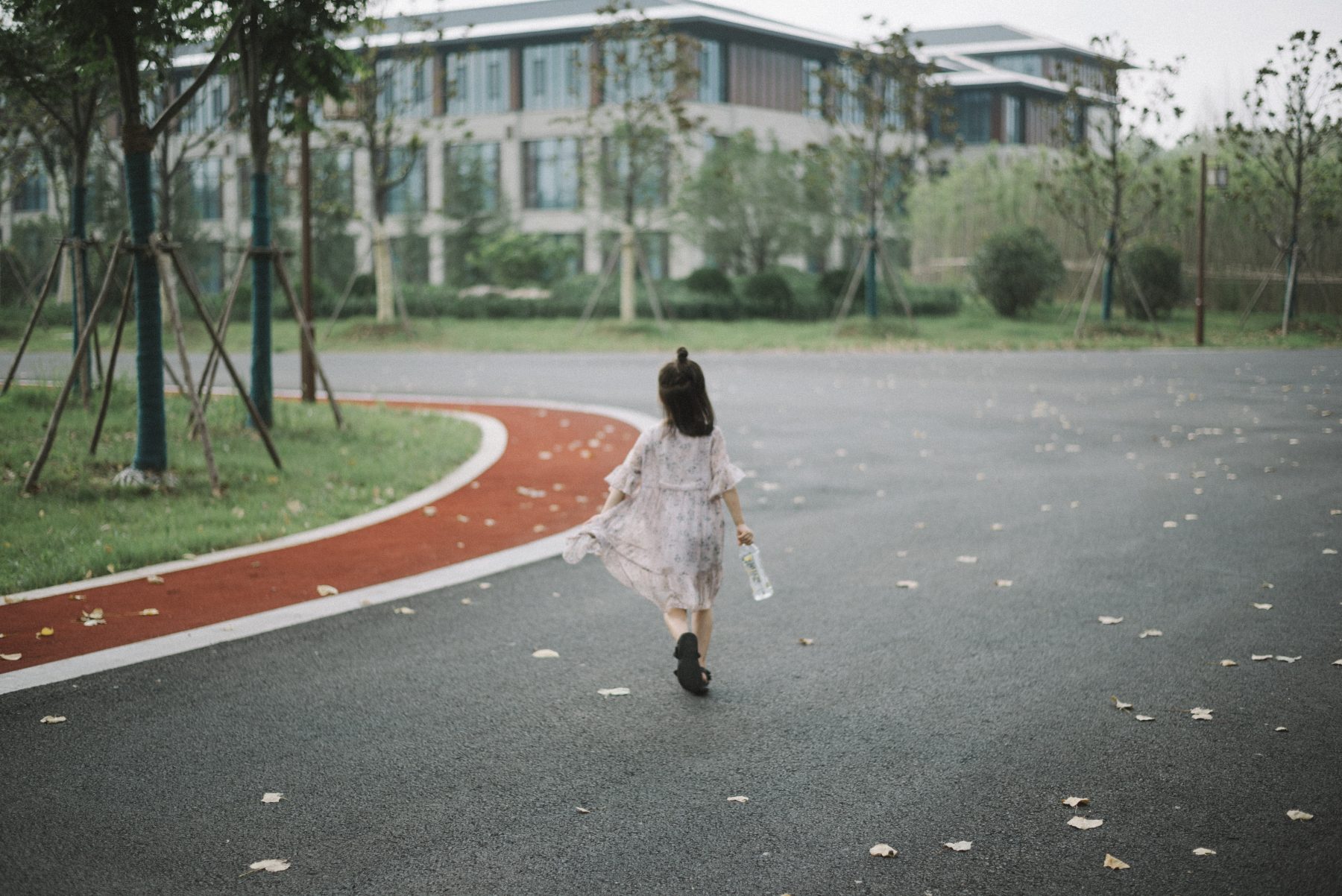NSW Regulatory authority updates information on staff ratios and adequate supervision

The New South Wales Department of Education, which serves as the NSW Regulatory Authority, has revised the information on its website as it relates to staff ratios and adequate supervision.
A summary of the information released is outlined in the piece below. Readers from different jurisdictions should be cautious to ensure the relevant local information is followed in conjunction with the advice given below.
Educator ratios must be maintained at all times when a service is operating. These requirements apply to all locations where a service is operating, not just individual rooms or areas, and includes times where children are being transported under the care of the service.
Staff ratios under the National Law and Regulations
(Note: the list below does not outline all legal requirements relating to staff under the National Law and Regulations. Examples outlined below are not exhaustive.)
Section 169 Offence relating to staffing arrangements
An approved provider of an education and care service must ensure that, whenever children are being educated and cared for by the service, the relevant number of educators educating and caring for the children is no less than the number prescribed for this purpose.
Penalty:
- $10 000, in the case of an individual.
- $50 000, in any other case.
Regulation 120: Educators who are under 18 to be supervised
Educators who are under 18 years of age can be included as educators when counting ratios. When providing education and care, educators under 18 years of age may not work alone and must be adequately supervised at all times by an educator over the age of 18 years.
Regulation 122: Educators must be working directly with children to be included in ratios
To be included in the educator-to-child ratio, educators must be working directly with children, meaning they are physically present with and directly engaged in providing education and care to the children (Regulation 13).
If educators take planned breaks while they are working, or are required to do so under their award or contract, they cannot be counted in ratios during this time. Even if the educator remains on the premises during their break, they cannot be included in ratios, as they are not directly involved in the education and care of children during their break.
Likewise, if a staff member is on the premises but undertaking administrative or programming tasks they cannot be included in ratios. In NSW there is flexibility for educators to take short, unplanned breaks e. g. for personal hygiene, without their position being back-filled by another staff member.
Regulation 123: Educators to child ratios – centre-based services
The minimum number of educators required to educate and care for children at a centre-based service in NSW is to be calculated in accordance with the following ratios for children:
- from birth to 24 months of age—1 educator to 4 children;
- over 24 months and less than 36 months of age—1 educator to 5 children;
- aged 36 months of age or over (not including children over preschool age) —1 educator to 10 children (in NSW);
- over preschool age, 1 educator to 15 children.
Mixed age ratios in centre-based services
It is common practice for many centre-based services to group children of mixed ages together at the beginning and end of the day. This is often known as ‘Family Grouping’ and provides services with flexibility during quieter times and creates opportunities for children of different ages and stages of development to interact.
Services operating mixed age groups of children at times, need to ensure they are meeting the minimum numbers of educators required under the ratio. Educators need to ensure the health, safety and wellbeing of all children and provide adequate supervision at all times.
To calculate the educator to child ratio for a mixed age group of children in centre-based services, ensure that the ratio is met for the youngest child in the group first.
Follow this link to find out more about educator to child ratio requirements for family day care and centre-based education and care settings and access a calculator that may assist in determining educator to child ratios in centre-based services, as well as any Early Childhood Teacher requirements.
Supervision under the National Law Regulations
Section 165: Offence to inadequately supervise children
The approved provider of an education and care service must ensure that all children being educated and cared for by the service are adequately supervised at all times that the children are in the care of that service.
Penalty:
- $10 000, in the case of an individual.
- $50 000, in any other case.
Section 167: Offence relating to protection of children from harm and hazards
The approved provider of an education and care service must ensure that every reasonable precaution is taken to protect children being educated and cared for by the service from harm and from any hazard likely to cause injury.
Penalty:
- $10 000, in the case of an individual.
- $50 000, in any other case.
Supervision is critical to the safety of children and helps to protect children from harm or hazards that may arise in their play and daily routines
Regulation 115: Premises designed to facilitate supervision
The approved provider of a centre-based service must ensure that the education and care service premises (including toilets and nappy change facilities) are designed and maintained in a way that facilitates supervision of children at all times that they are being educated and cared for by the service, having regard to the need to maintain the rights and dignity of the children.
A service may like to take into consideration matters such as exterior gates and fences, the height, location and visibility through furnishings, toilet and nappy change facilities, sleep and rest areas, areas where children eat, the set up and location of higher risk activities, the use of windows and partitions and outdoor equipment to name a few.
Some considerations which are included when determining if supervision is adequate are:
- the number, age and ability of the children
- the number and positioning of educators
- each child’s current activity
- areas where children are playing, in particular the visibility and accessibility of these areas
- risks in the environment and experiences provided to the children
- the educator’s knowledge of each child and age group of children
- the experience, knowledge and skill of each educator.
Supervising sleep and rest
- Sleeping children should always be within sight and hearing so that educators can assess the child’s breathing and colour of their skin to ensure their safety and wellbeing.
- Rooms that are very dark and have music playing may not support adequate supervision.
- Supervision windows should be kept clear and not painted over, or covered with posters or curtains.
- When supervising sleeping children, educators should have regard for the children’s ages, stages and needs.
(Note: this is in addition to the recommendations made by Red Nose to ensure safe sleep practices.)
Supervising children through transitions and routines
Supervision should be considered when transitioning children from one place to another or one routine to the next. This may include the process of moving children between home and the education and care setting, between a range of different education and care settings moving from one age-grouping or room to another, for example:
- from babies to toddlers, moving between spaces or experiences during the one day
- from indoors to the outdoor environment or between experiences
- from free play to a group experience or between an experience and a routine
- from free play to lunch.
Planning and implementing transitions and routines that support individual children while providing adequate supervision allows children the ability to move around their environment with confidence, being able to predict where they are going, what is coming next and what they need to do. Safe and predictable transitions and routines lead to the adequate supervision of children.
Volunteers
Volunteers can be included as educators when counting ratios. There are no qualification requirements for OSHC educators in NSW. Volunteers can hold the same legal responsibilities as paid educators.
Ensuring that children are adequately supervised whilst engaging volunteers also means considering:
- qualifications and experience
- working with children check
- the activity risk level
- services engaging volunteers are required to have policies and procedures in relation to the participation of volunteers (regulation 162 (i))
- staff records must also include details relating to volunteers (regulation 149)
- how the involvement of volunteers may affect children’s experiences, interactions, learning and development
- continuity of educators and volunteers, their knowledge of the children and the development of trusting, secure relationships.
Popular

Workforce
Quality
Practice
Provider
Research
How one teacher is using Little J & Big Cuz to build empathy, understanding and confidence in First Nations learning
2025-12-08 07:15:19
by Fiona Alston

Policy
Practice
Quality
Research
A new path forward: Australia’s First Nations Education Policy emerges to reshape learning for First Nations children
2025-12-08 08:00:28
by Fiona Alston

Workforce
Policy
Research
Practice
Provider
Quality
Child safeguarding failures in Queensland: Key findings and reform directions from the 2025 systemic review
2025-12-09 07:00:56
by Fiona Alston
















